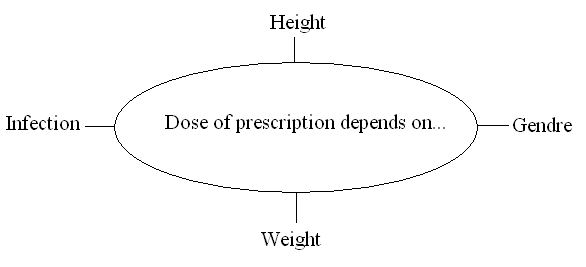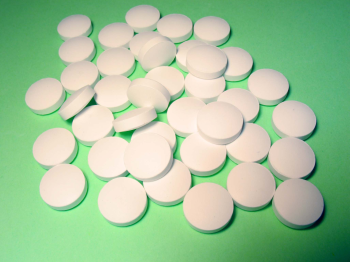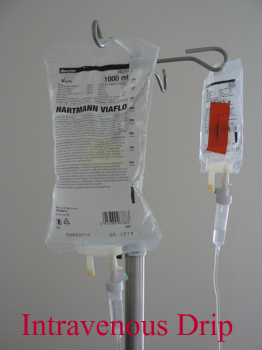Treatment
Numerous treatments have been implemented to treat Addison’s disease these include:
Cortisol replacement
Oral cortisol replacement drugs are long-term treatments taken to replace/substitute those hormones not being produced in sufficient quantities by the adrenal gland these include cortisol and aldosterone. This is usually provided by administrating 15-25 mg of hydrocortisone, they are synthetic glucocorticoid oral tablets.
The daily amount is separated into 2/3 doses each day with higher doses taken in the morning in comparison to those in the evening ( it is strongly recommended that the last dose of the day is taken no less than four hours before bedtime). This procedure aims to mimic the normal pattern of cortisol levels in the body, which is observed to be higher in the morning in comparison to the evening.
Other possible medications can be employed as appose to hydrocortisone these include prednisolone or dexamethason, however they are less frequently prescribed.

Aldosterone replacement
Aldosterone is replaced by an oral dose of the mineralocorticoid called fludrocortisone, this medication is taken once a day and functions to regulate blood pressure and blood salt levels. Or extra salt intake to the patient’s diet may also be recommended by their local GP.

Image of tablets courtesy of Wikimedia, these images are in public domain and thus free of any copy right restrictions.
Dehydroepiandrosterone (DHEA) replacement
This hormone is usually produced by the adrenal glands; however it appears to have no important function. The hormone is absent within patients suffering from Addison’s disease however it is debatable if there is any need to replace this hormone, as it has no functional importance. Whilst others have proposed that small quantities are needed to play a role in protection against osteoporosis and relief from dry skin. This medication however is not yet available in the UK.
People with Addison’s disease are encouraged to carry a steroid card or wear an identification bracelet to inform individuals such as doctors, dentist and pharmacists their steroid medication. This ensures additional medication administrated to the patient does not interfere with their current medication.

Intravenous drip modified image courtesy of Wikimedia these images are in public domain and thus free of any copy right restrictions.
Addisonian crisis
Due to the extreme danger associated with low blood pressure, low blood glucose and high levels of potassium, patients suffering from addisonian crisis are given hydrocortisone injections, a ‘drip’ of fluid to bring up your blood pressure and require medical emergency until the crisis is over. These intravenous injections consist of hydrocortisone, saline and dextrose. After this episode the patient is advised to take hydrocortisone medication.
Patients with Addison’s disease are strongly recommended to have an emergency injection kit of hydrocortisone at home in case of a crisis.
Methods of treating the underlying cause
When possible the underlying cause of Addison's disease is targeted and treated:
-For instance TB is treated with a course of antituberculous medication over an at least 6 weeks duration.
-Antifungal medication can be treated through the use of antibiotics.
-Autoimmune diseases cannot be cured however regular observation are performed to discover autoimmune endocrine condition that may latter develop such as ovarian failure or diabetes mellitus.
-The possibility of developing infections can be minimized via an annual flu vaccination.
